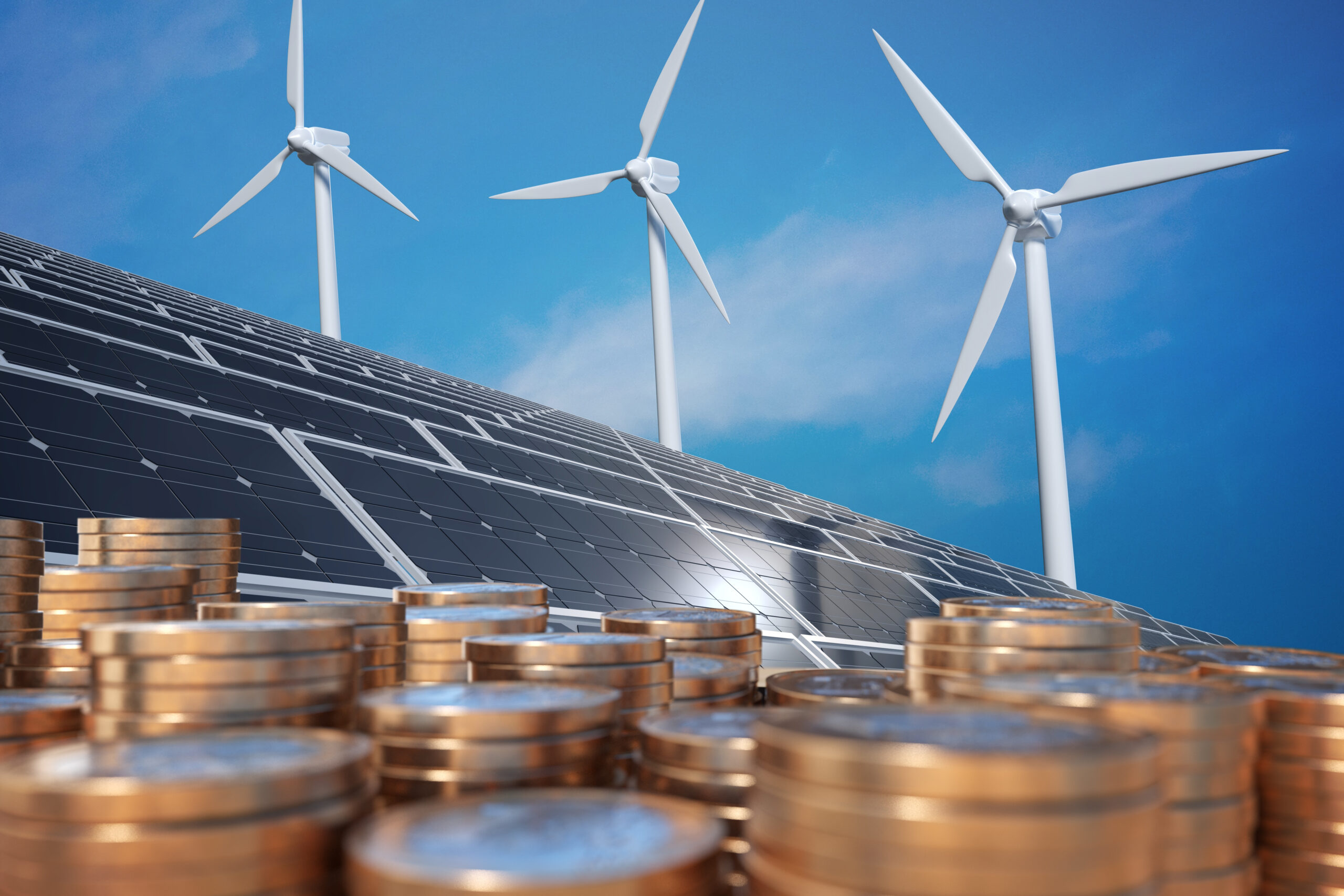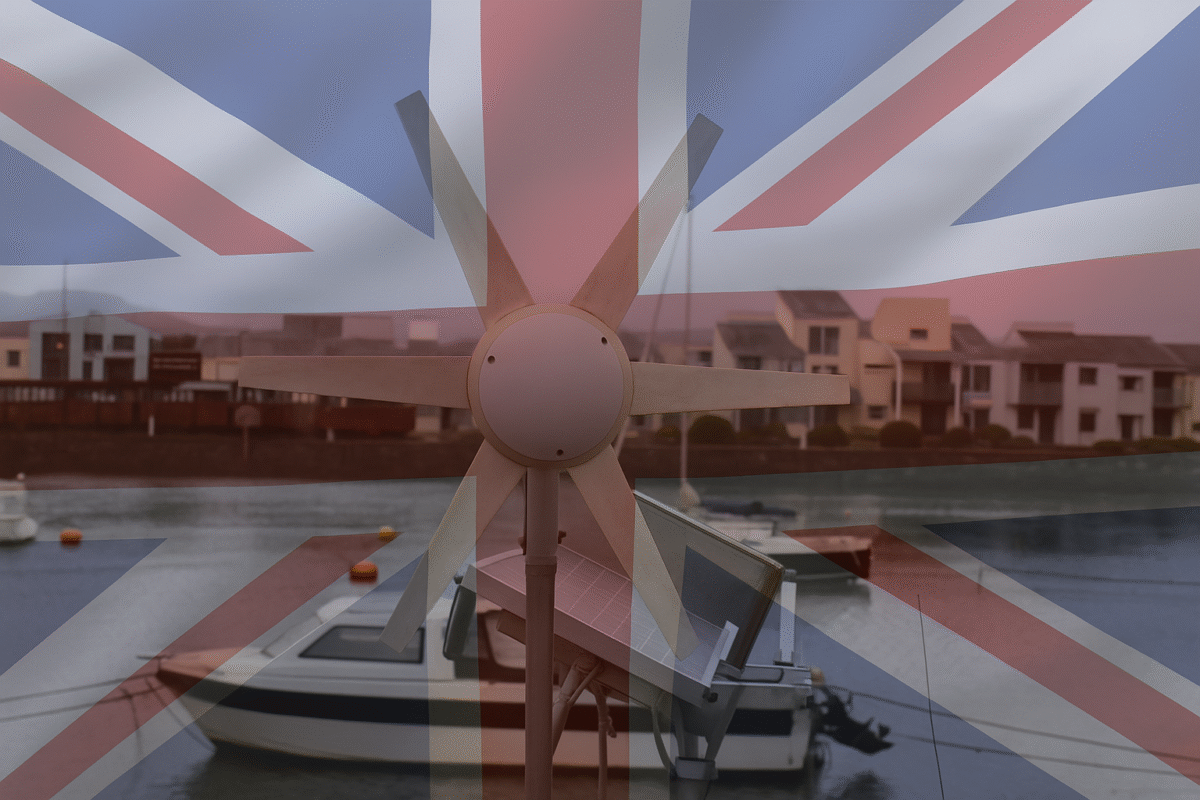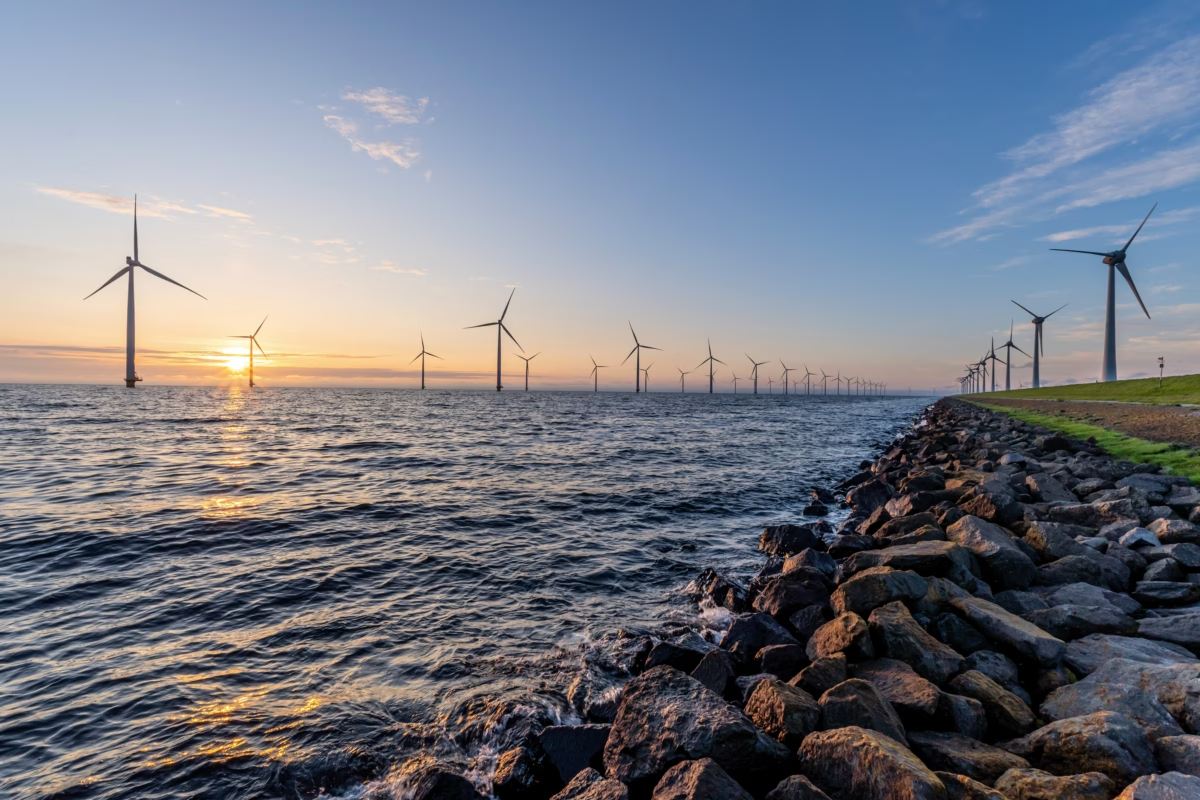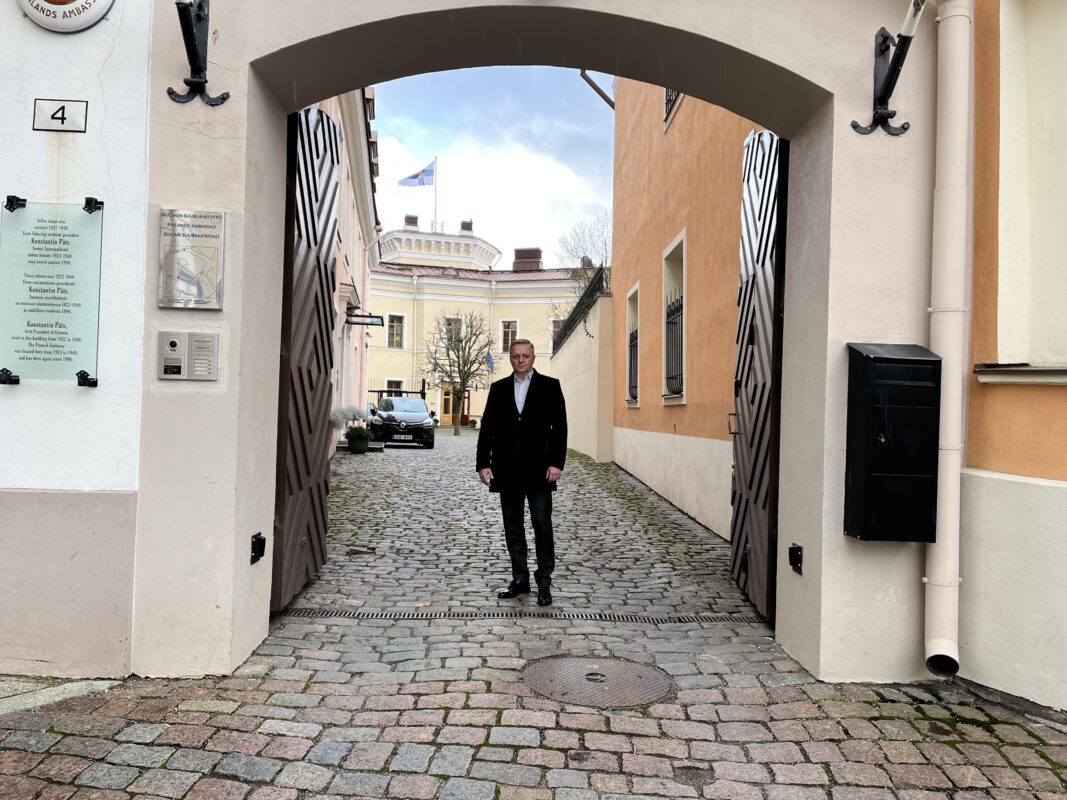Each year more households, small companies, and communities are turning to small wind turbines for energy savings and increasing energy efficiency. They see wind power as a way to reduce reliance on fossil fuels and lower their carbon footprint. However, alongside these environmental benefits, cost savings play a significant role in the decision-making process. Small wind turbines can lead to visible reductions in energy bills, especially in rural or off-grid areas where electricity prices are high or the grid is unreliable. Over time, the upfront investment in a wind turbine can pay off through lower energy costs, making it an appealing choice for those looking to balance eco-conscious living with financial savings.
Small Wind Turbines Application
Advancements in wind technology and new types of wind turbines make it possible to install them in areas with different conditions. Various models mean that they will be a good investment for homes located in rural areas, bigger wind farms, high buildings in cities, and many other locations. Thanks to the variety of small wind turbines they now have many applications.
Industrial Wind Turbine Costs
Small wind turbines can benefit not only house owners but also companies and different businesses. Thanks to renewable energy investments they can not only save on energy costs but also cut their carbon footprint. Wind systems are a good investment for different offices, retail establishments, or commercial spaces. Wind turbines can also be a complementary way of getting energy for manufacturing processes or powering equipment. The cost of industrial wind turbines doesn’t have to be higher than the one for homes – it all depends on the size of our business and energy needs.
Want to learn how you can get into the wind energy business? Let us help! Schedule a meeting to explore your options.
Cost per kWh of Wind Energy
To estimate the cost per kilowatt-hour (kWh) of wind energy, it’s essential to consider both the upfront cost of a turbine and its expected yearly energy output. The cost of small wind turbines, varies by capacity. Generally, to see a reduction in household or company energy bills, we would need a turbine between 5 and 15 kW, which may cost from 15 000 euros to 25 000 euros. The cost of installing a small wind system varies with each investment and must be calculated individually. This is influenced not only by the energy needs of the site or community, but also by factors such as the location of the installation, local regulations or even the distance from the factory, which can affect the transport cost. The above numbers can therefore serve as an example scenario, and it is best to contact the manufacturer or distributor for exact calculations.
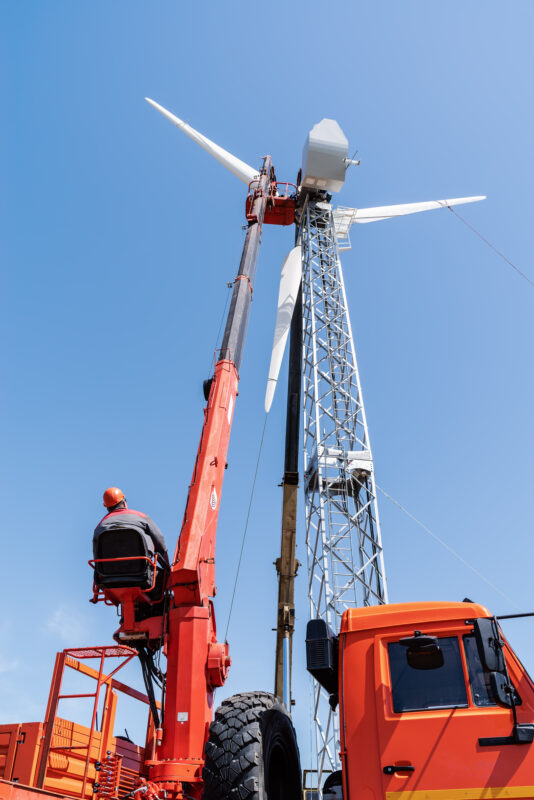
Moving on, the annual energy production depends on factors like turbine size, local wind conditions, and specific turbine characteristics. A turbine’s capacity factor—indicating the percentage of its maximum possible output it actually achieves—is critical to estimating its effective energy generation. Small turbines average a capacity factor of 17% but can range between 2% and 36%. Assuming a 17% capacity factor, a 5 kW turbine would generate about 7,446 kWh per year, a 10 kW turbine would produce around 14,892 kWh annually, and a 15 kW model could yield approximately 22,338 kWh per year.
Want to check wind potential in your area and see if small wind is feasible? Let us help! Contact us today for a free feasibility study!
Government Incentives and Support
Types of Government Incentives for Wind Energy
Across Europe, there are plenty of financial incentives available to help homeowners and businesses switch to small wind turbines and embrace renewable energy advantages. These incentives can come in the form of grants, subsidies, and low-interest loans, all aimed at making the purchase and installation of wind turbines more affordable. For example, grants might cover a portion of the costs not just for the turbine itself, but also for energy storage systems and other necessary equipment.
Subsidies are another common way governments encourage wind energy, helping reduce the initial investment required. Many countries also offer feed-in tariffs, where you’re guaranteed a set price for any excess electricity your turbine generates and feeds back into the grid. Net metering is also available in some places, letting you offset your electricity bills by banking any extra power your turbine produces.
In many rural areas, governments are offering low-interest loans to encourage wind energy adoption, covering a significant portion of the project costs and giving you plenty of time to repay. These options make wind energy a realistic and affordable choice for individuals, small businesses, and farmers looking to reduce their reliance on traditional energy sources.
Examples of Government Support Programs
Governments across Europe offer various incentives to promote the adoption of small wind turbines, making it easier for families, farmers, and businesses to invest in renewable energy. For example, Poland offers a “Rural Energy” program that provides grants and loans to farmers and agricultural cooperatives, offering up to 25 million zlotys in funding per applicant. These loans can cover up to 45% of the project costs, with even higher coverage for small and micro-enterprises. Similarly, Lithuania offers subsidies for wind power plants up to 3 MW, with a fixed unit rate of 1608.65 EUR/kW to encourage small enterprises, farmers, and energy communities to install wind turbines.
In the UK, a range of financial support options are available for those looking to fund small wind turbine projects. Organizations like Charity Bank and CO2Sense offer loans for community groups and social enterprises, providing financial support that ranges from £10,000 to £2.5 million. These initiatives are designed to make renewable energy more accessible, helping to reduce upfront costs and promote sustainable energy development across the country.
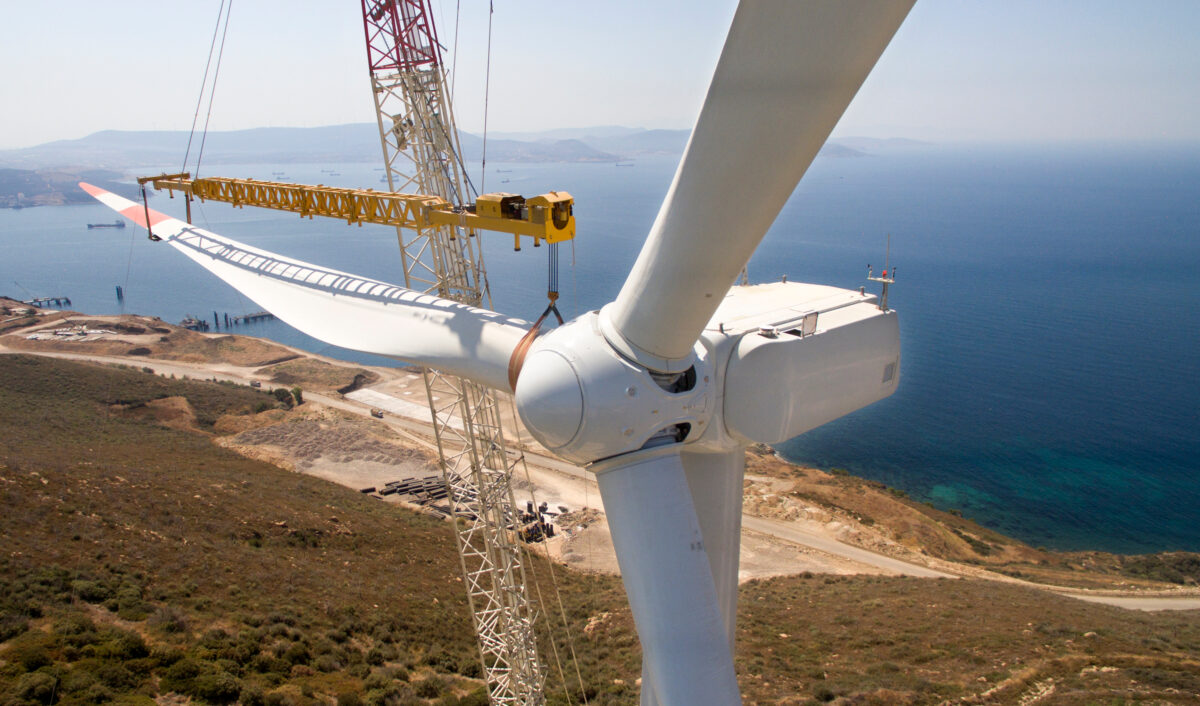
Challenges and Considerations
Are Wind Turbines Expensive?
Wind turbines can seem expensive at first glance due to their high upfront costs, but it’s essential to look at the big picture. While installing a turbine requires a significant investment, it’s one that pays off over many years by consistently lowering energy bills. Once the turbine is up and running, it starts generating clean, free electricity, which means direct savings every month. Over its 20-year lifespan or longer, those savings can really add up, gradually offsetting the initial cost and even surpassing it. So while a wind turbine might feel like a big expense today, it’s actually a long-term investment in energy independence and savings for years to come, demonstrating the economic benefits of renewable energy.
Anyone who wants to invest in small wind turbines should also consider that there are subsidies, grants, and loans available in many European countries. You can also create an energy cooperative or explore other options of financing the wind turbines, which will significantly lower the upfront cost and open the door to the economic impact of renewable energy.
Learn how small wind turbines can help you save money. Contact us to book a free feasibility study and check the wind potential in your area!
Small Scale Wind Turbines: Feasibility and Limitations
Small-scale wind turbines are an exciting option for homeowners and small businesses looking to generate their own renewable energy, but of course, they also come with some unique challenges and limitations. For starters, they’re only effective in areas with consistent, strong wind, which not all regions have. Wind energy is highly site-specific; a small turbine installed in a low-wind area will produce only a fraction of what it could in a better location, making the investment far less worthwhile. Small turbines are also less efficient than their large, commercial counterparts. Their capacity factor—the measure of how much energy they actually produce compared to their maximum potential—is typically lower. Factors like nearby trees, buildings, or hills can create wind turbulence, further reducing their output.
For those in the right locations with steady wind, small-scale wind turbines can be a great way to cut down on electricity bills and reduce reliance on the grid. They’re most feasible for those who are looking for a long-term investment in renewable energy and who have the right location and conditions to make it work.


